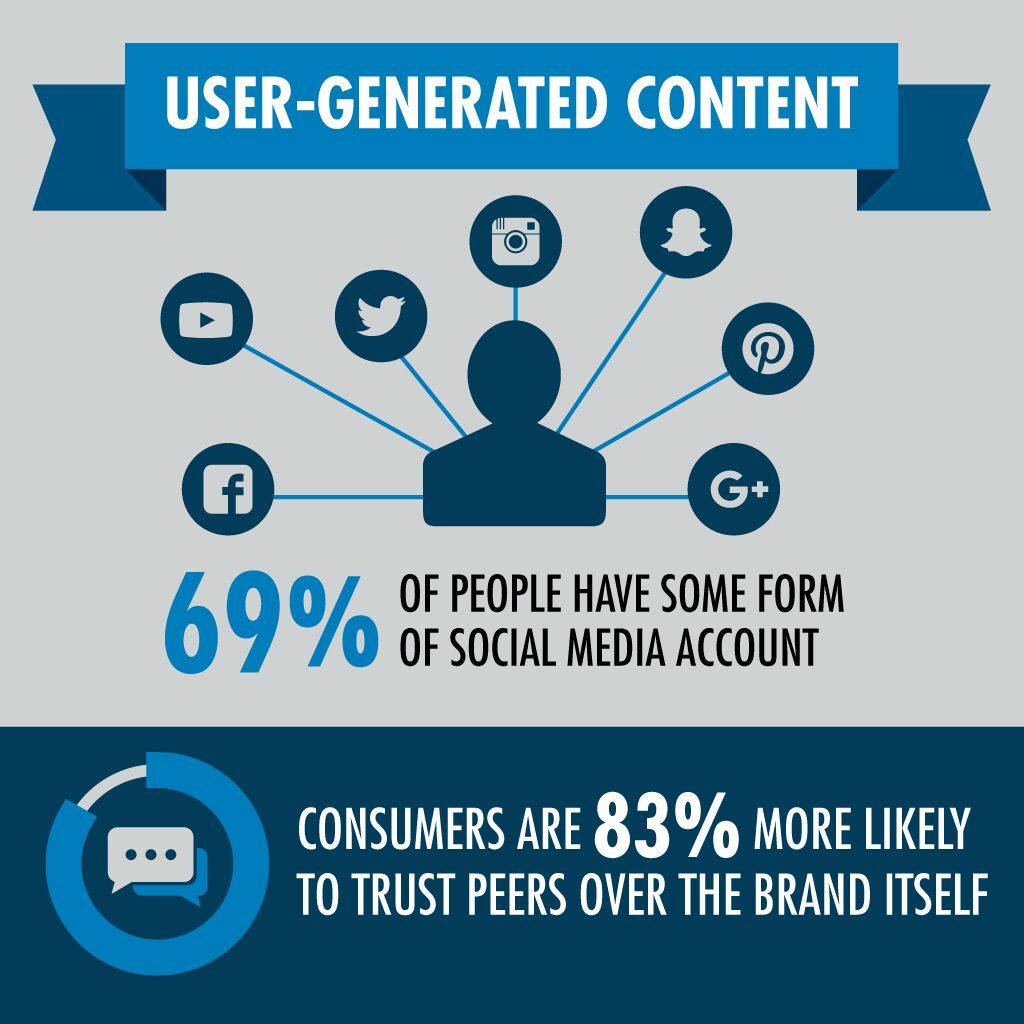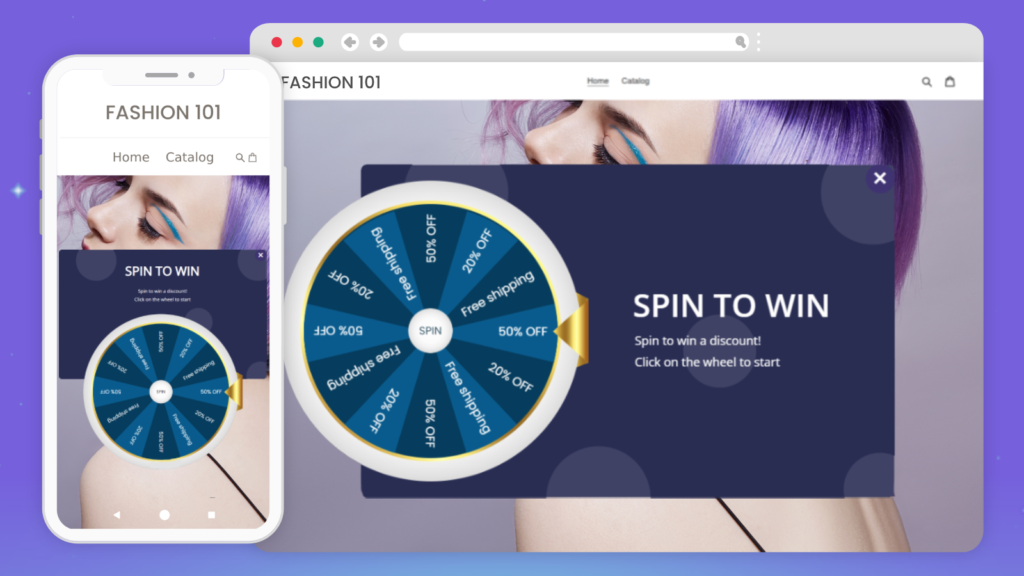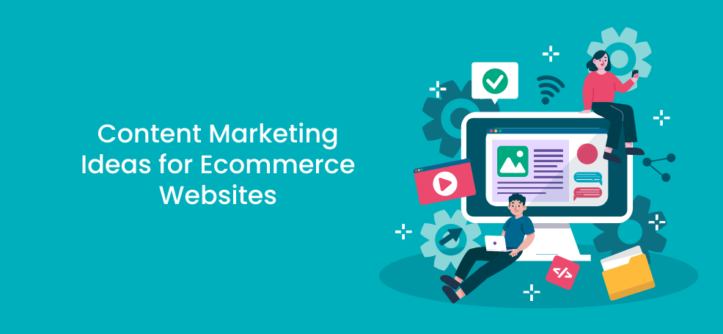Content marketing is the process of creating original, high-quality content aimed at a particular target group. The content must appeal to this group’s interests and address their pain points. That helps to sell a product, service, and brand by providing valuable information that earns goodwill and engagement.
The ultimate goal of this engagement is to convert consumers into paid customers. It’s to lead them down the sales funnel process of addressing their needs, thus, providing yourself as a reliable source of information.
This also positions you as an authority best placed to convert interests into paid business and a valuable ongoing relationship.
Many organizations have a content marketing strategy in place for their businesses. Unfortunately, only a few can rate their content strategy as excellent. Many brands are focused on growth, and as such, they don’t have the time and marketing tools needed to execute and manage their plans. That’s how content marketing consulting comes in.
Content marketing consulting experts are well-versed in the industry. They understand what it takes to stand out from the competition and generate leads using everything from whitepapers to infographics.
Your brand should hire an eCommerce content marketing expert if you do not see the expected results with your current marketing approach.
You should outsource an expert if you don’t have the bandwidth to organize, implement, test, and track a content marketing strategy. The other reason for hiring an eCommerce content marketing expert would be the lack of a budget to hire full-time employees to create a marketing team to jumpstart your campaigns.
Content Marketing Strategies for eCommerce Websites
Every eCommerce brand desires to increase traffic to its site and conversions. But deciding which marketing tactics to try can still be challenging after putting together a basic strategy. A digital asset management tool streamlines your marketing efforts by organizing and optimizing all your digital assets, making it easier to deploy them effectively in your strategies. That’s why we brought together some eCommerce marketing ideas to help you implement your approaches.
1. Optimize Your Content
You want to ensure that your content ranks well on search engines. That’s because it can become a powerful source of website traffic for your business.

Remember that search engine optimization is divided into on-page and off-page optimization. On-page SEO is about optimizing the content on your brand’s website.
This involves conducting searches through keywords and optimizing your website’s speed, which is done by looking at Google’s core web vitals. It also includes doubling down on your top content.
You should focus on developing content that will solve your client’s pain points. You must be able to answer the questions that your clients are asking.
Off-page SEO involves the content that’s created on other websites. This is usually aimed at helping your business get brand awareness, authority and to drive traffic to your business. You can do this through link building, affiliate marketing and guest blogging.
Here is what you can do to get your off-page SEO off the ground:
- Work with influencers to create video content for your brand
- Use local SEO and get links from local directories when targeting a specific region
- You can, for instance, partner with blogs to develop product and holiday shopping guides.
- Work with online publications to write product reviews and promotional content about what you offer.
2. Create a Glossary
If your products involve unfamiliar terms, you should devise a glossary. Don’t assume that all your clients know all the fancy terms, as a glossary is a very effective eCommerce content marketing strategy.

A glossary provides a central location for clients to learn about your products or services, including the language associated with them. This will allow them to know your product category better and purchase confidently. When clients know what they need and buy, they are more likely to be happy with the purchase.
A glossary is also an effective SEO strategy. That’s because people will discover your eCommerce website with a keyword search since your website will rank higher for related terms.
3. Emails
Emails help brands in bridging the gap between them and their clients. A recent report shows shoppers spend 138 percent more when marketing through emails. This is when compared to those who don’t receive email offers.
Valuable insights into your brand’s website represent new opportunities for increased sales. Personalized emails can convince subscribers to get interested in your blog posts. You can also use segmentation to send targeted content based on your visitor’s site behavior, location and buying history.
Constantly contacting your clients makes it easy for you to segment them. That helps you to send the right message to the right people at the right time.
Email marketing platforms also enable brands to schedule an email to automatically resend it with an updated subject line to those who didn’t open the first one. This enables your brand to increase open rates with little to no effort.
4. User Generated Content
Authenticity is a crucial aspect of your brand when consumers purchase. Clients prefer getting the correct representation of how your product will help them. As such, you can use UGC to attract new buyers with the help of old clients.

User-generated content can be anything a client develops that highlights your brand. It can even be a video, a photo or simply a tweet. The best UGC helps boost brand awareness and get many people interested in your eCommerce website.
The people who develop and share user-generated content are, in most cases your biggest fans. UGC enables brands to harness the excitement and foster a sense of ongoing loyalty in people.
5. Frequently Asked Questions
Ecommerce websites can benefit from having a dedicated page. This page makes it easy for brands to answer frequently asked questions.Addressing product concerns and technical issues helps to enhance clients’ experiences. In fact, research shows that 55 percent of clients are willing to spend more money with a brand that guarantees them a satisfying experience.

Your client support email inbox is the best starting point for finding questions. Find the common topic that clients are always asking about. If, for instance, you have a floral shop, your clients may want your priority shipping costs or the best flowers to express sympathy.
The main role of FAQ is to provide your site’s visitors with quick answers. It also helps to demonstrate your authority on a certain topic. You must avoid in-depth answers that can lead your visitors on an unnecessary path.
6. Embrace Personalization
Personalization is another effective eCommerce content marketing strategy that will help you drive online sales. Organizations can help behavioral data to serve a visitor’s personalized experiences based on past actions and preferences.
Based on research, this strategy can lift sales to as much as 10 percent. However, the opportunity can be greater than that. Unfortunately, only a few organizations are taking advantage of this strategy.
Brands can also account for location in personalization to develop an experience catered to where the client is. Remember that your clients live in different parts of the world. For instance, a client in Southern California, for instance, may be looking for bathing suits in October at the same time that a client in another part of the world is looking for coats.
7. Pop Up Marketing
Pop ups have a bad reputation and it’s easy to see why that is so. A lot of websites use them indiscriminately in an effort to drive conversions.

But when used strategically, pop-up marketing will help you to drive conversions and reduce cart abandonment. They will also help in improving your onsite customer experience. Here are the reasons why you should use pop-up marketing:
- Pop ups are visible to every user
- Well-placed and relevant pop ups give value to the audience
- They deliver engaging messages when properly implemented. A pop-up message gives users a prompt at the right time.
8. Anticipate Future Sales
It would be best for you to evaluate market demand if you can expand your product line and see if it’s worth the cost. This can be done through various approaches, including:
- Keyword research
- Social media trends
- Geographic validation
You can also test out your market through pre-sell items to see how many people place orders. If you, for instance, have three products and are trying to see which one of them to sell, create pages for all of them. Use quality product photography for each of the products.
Then list them as “out of stock” to see which gets the most attention. The feedback should be in terms of back-in-stock notification requests. This will be a sign that the product will sell.
9. Make it Easy for Clients to Get What They Need
Your brand is losing clients if your store is poorly designed. But what does a poorly designed store look like? Apart from appearing untrustworthy, your store may be suffering from the following:
- Hard-to-read fonts
- Confusing navigation
- There may be a lack of a clear value proposition
The above dimensions may be in order, but you could still have a few design mistakes. Ask yourself whether you’re properly segmenting your product or are placing too many products on a single page. Confirm whether you’ve figured out the right balance between texts and visuals, as they are some things you must consider.
10. Reduce Abandoned Carts
The fact is that you lose money every time a visitor abandons their cart.
Statistics show that many website visitors add items to their carts but abandon them during checkout. 69.82 percent of shopping carts get abandoned. So you must address as many hesitations as possible.
You can, for instance, remind shoppers that abandon their carts to complete the purchase. You can persuade them with free shipping or a discount.
One of the most effective ways of reducing cart abandonment, though, is the use of email recovery campaigns. This will convince your visitors to return and complete their purchase. Craft the email so visitors will be enticed to return to their cart. You can do this by reminding them of what they wanted to purchase in the first place and why.
Conclusion
There’s no doubt that the right marketing strategies can help brands reach potential clients and increase sales. These are some of the aspects that brands would like to work on improving.
Following these eCommerce marketing ideas will build a successful brand that creates a good customer experience.




